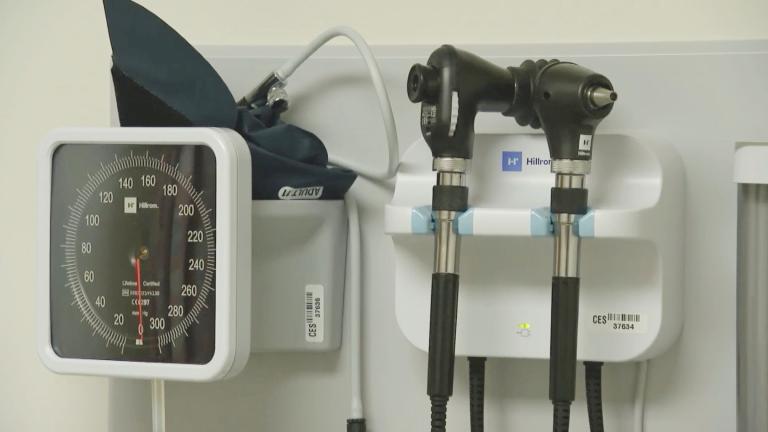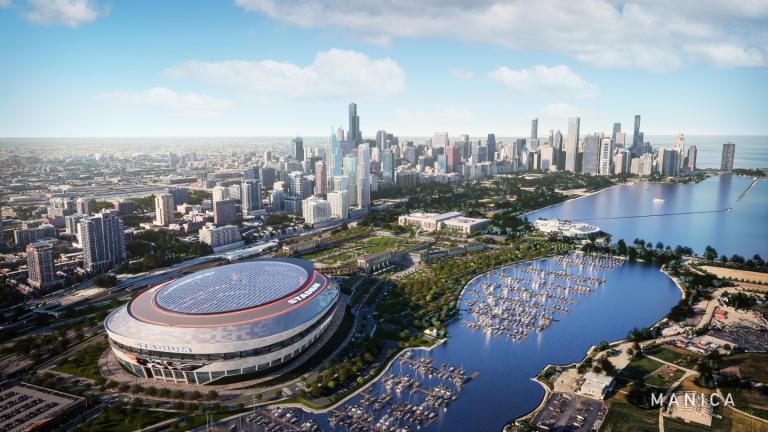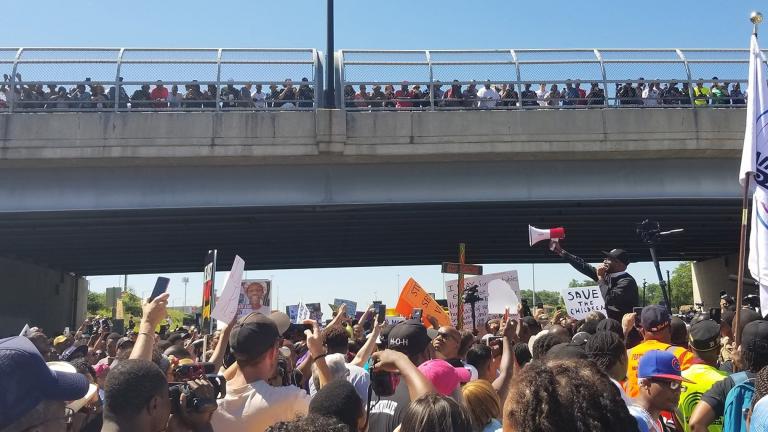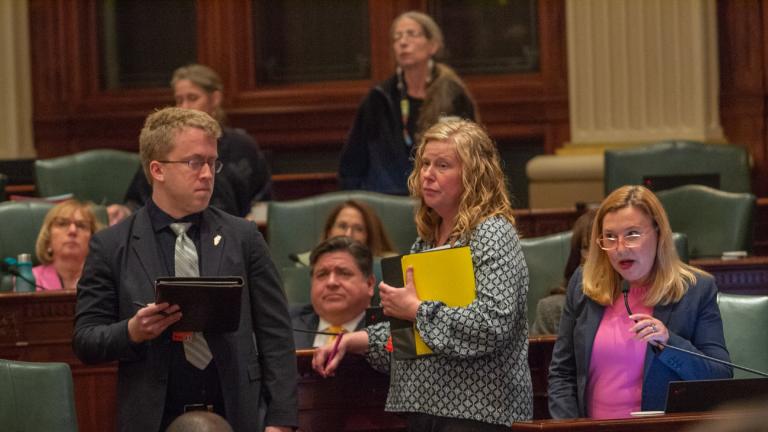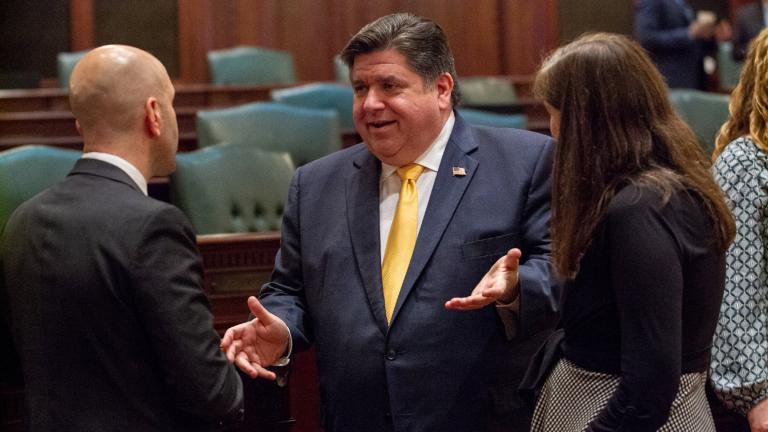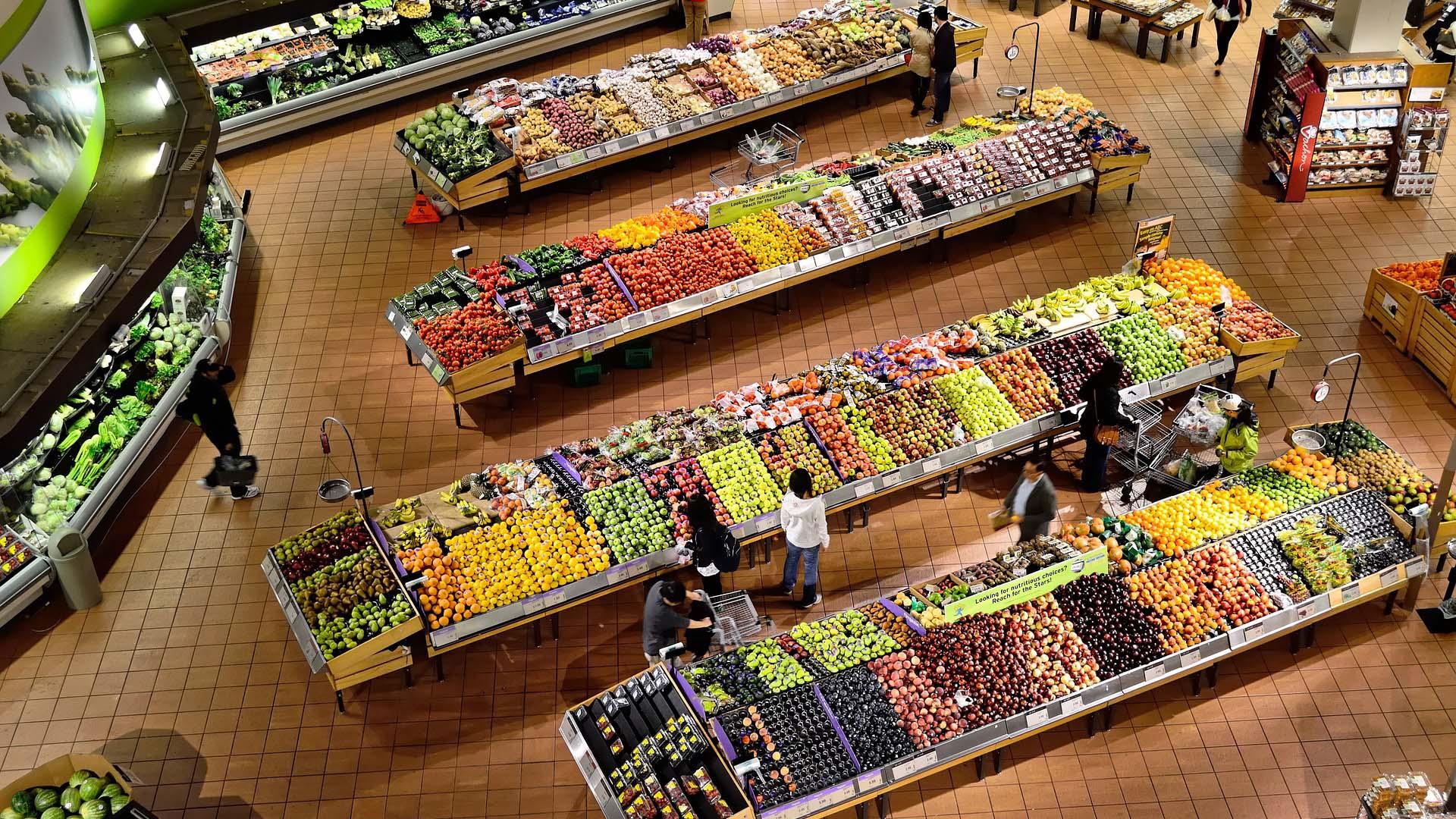 (ElasticComputeFarm / Pixabay)
(ElasticComputeFarm / Pixabay)
SPRINGFIELD – A new state fiscal year will begin July 1, ushering in the reinstatement of a 1% tax on groceries and a second increase to the state’s motor fuel tax in 2023.
Amid record-high inflation last spring, the General Assembly temporarily waived Illinois’ grocery tax for the coming fiscal year and delayed the annual increase in the state’s motor fuel tax for six months. Democrats introduced both those measures as part of a larger tax relief package that drew criticisms for its proximity to the November general election.
“What we did last year was a temporary measure because we had very high inflation,” Pritzker said when asked at an unrelated news conference Tuesday whether the changes were election-related. “Inflation, you may notice, has come down.”
Inflation was approaching 9% when the tax relief plan passed last year, according to the U.S. Bureau of Labor Statistics, but it was 4% last month when the fiscal year 2024 was budget passed.
The Pritzker administration estimated at the time the temporary pause on the grocery tax would cost the state $400 million. Most grocery tax revenues are distributed to local governments, so last year lawmakers directed state general revenue funds to reimburse local governments for any financial hit they would have taken due to the pause.
“I would like very much to eliminate entirely the grocery tax, but it is a matter of local governments and what they would do if they didn't have that income as a result of the grocery tax,” Pritzker said, faulting Republicans for “complaining” about the tax being reimposed without offering revenue alternatives.
The motor fuel tax on gasoline, gasohol and compressed natural gas, meanwhile, will increase by 3.1 cents on July 1, to 45.4 cents per gallon. The tax rate for diesel fuel will also increase by 3.1 cents, to 52.9 cents per gallon.
The automatic increase in the fuel tax at the beginning of the new fiscal year is an annual process that became law in 2019 with bipartisan support. Lawmakers doubled the motor fuel tax and indexed it to increase at the rate of the federal government’s Consumer Price Index each year.
The motor fuel tax revenue, combined with one-time increases to license and registration fees that took effect in 2020, provided the funding backbone of the state’s $33.2 billion six-year infrastructure plan for road and bridge upkeep, dubbed Rebuild Illinois.
According to the governor’s office, Rebuild Illinois has funded $10.9 billion of upgrades as of March 31, including 4,913 miles of roads, 479 structures, and 709 other safety improvements.
Last year’s July 1 motor fuel tax increase was delayed six months, so the per-gallon tax already increased by 3.1 cents in January. Pritzker last year estimated that the temporary pause on the gas tax hike would have saved consumers about $70 million.
As part of last year’s tax relief plan, lost motor fuel tax revenues were replaced by money from the state’s Leaking Underground Storage Tank fund, which is historically paid into by fees and fines related to underground chemical storage tanks, such as those at gas stations.
Capitol News Illinois is a nonprofit, nonpartisan news service covering state government. It is distributed to hundreds of print and broadcast outlets statewide. It is funded primarily by the Illinois Press Foundation and the Robert R. McCormick Foundation, along with major contributions from the Illinois Broadcasters Foundation and Southern Illinois Editorial Association.

